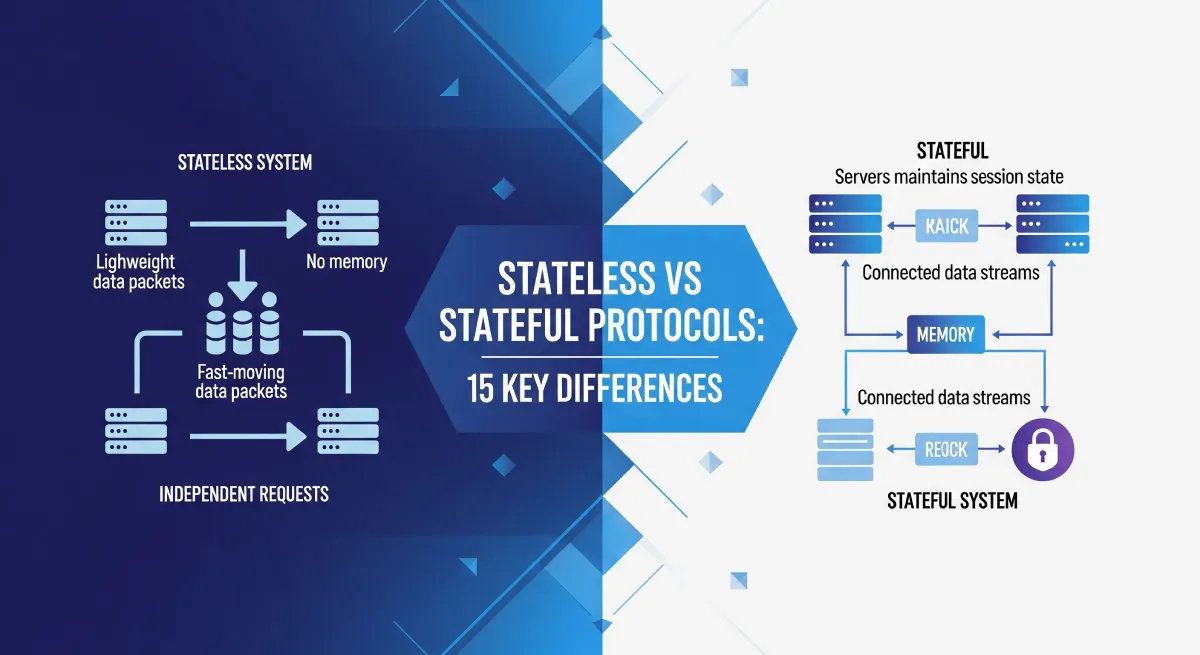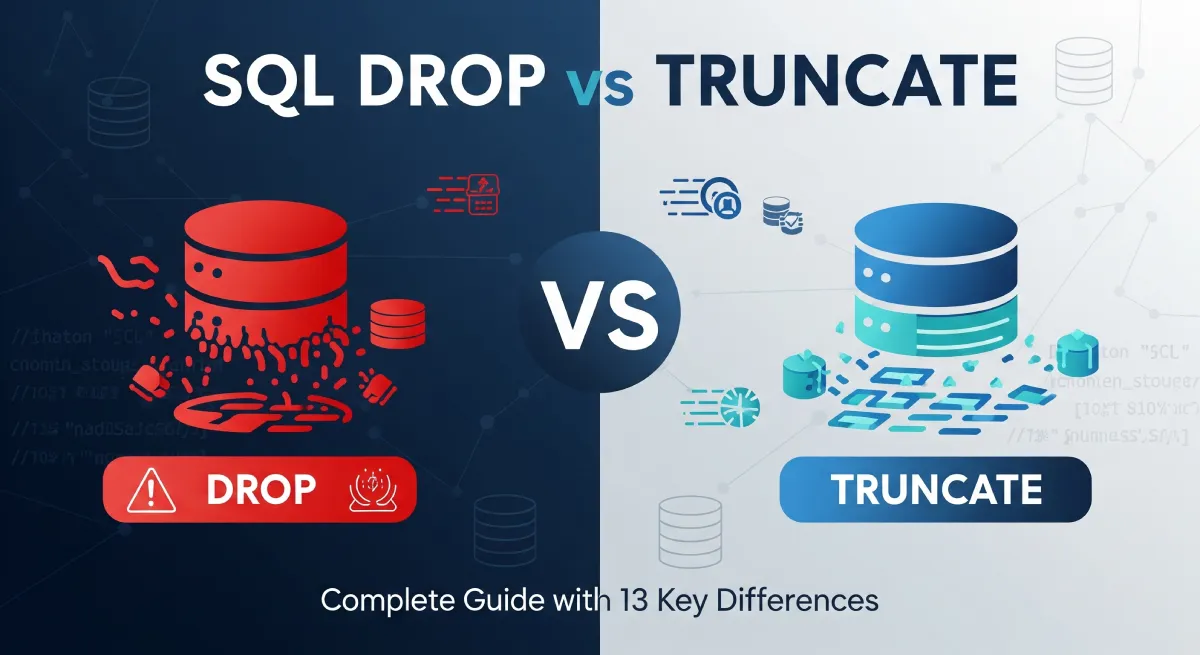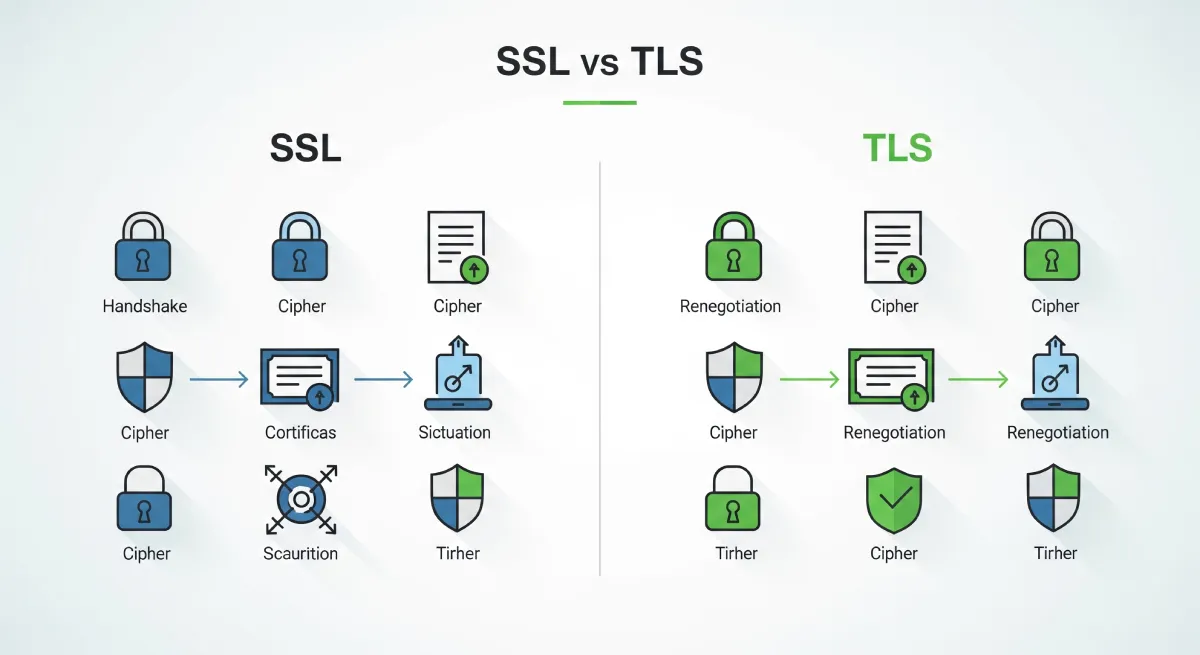Linear Data Structures
Linear data structures store elements in a sequential manner where each element is connected to its previous and next element. Examples of linear data structures include arrays, linked lists, stacks, and queues.
Example:
Array in C++:
#include
using namespace std;
int main() {
int arr[5] = {1, 2, 3, 4, 5};
return 0;
}
Advantages:
- Easy to implement and understand
- Efficient for simple operations like traversal
- Require less memory due to contiguous storage
Disadvantages:
- Insertion and deletion can be inefficient in some cases
- Limited flexibility compared to non-linear structures
Non-linear Data Structures
Non-linear data structures do not store elements in a sequential manner. Examples include trees, graphs, and heaps. These structures allow elements to be connected in multiple ways, creating complex relationships.
Example:
Binary Search Tree in Java:
class Node {
int key;
Node left, right;
public Node(int item) {
key = item;
left = right = null;
}
}
public class BinaryTree {
Node root;
public BinaryTree() {
root = null;
}
}
Advantages:
- Efficient for representing hierarchical relationships
- Provide flexibility in modeling complex data
- Can solve a wide range of problems efficiently
Disadvantages:
- Complex to implement and understand
- May require more memory due to the dynamic nature of connections
Use Cases and Applications:
- Linear data structures are commonly used in simple data storage and manipulation scenarios like lists and queues.
- Non-linear data structures find applications in areas such as network routing algorithms, hierarchical data representation, and AI decision-making systems.
Key Differences: Linear vs Non-linear Data Structures
| Linear Data Structures | Non-linear Data Structures |
|---|---|
| Elements are arranged in a sequential manner. | Elements are not arranged sequentially. |
| Traversal is straightforward and involves accessing elements in a sequence. | Traversal may require complex algorithms due to the non-linear arrangement. |
| Examples include arrays, linked lists, stacks, and queues. | Examples include trees, graphs, and heaps. |
| Memory allocation is simpler as elements are stored contiguously. | Memory allocation can be more complex due to scattered storage locations. |
| Insertion and deletion operations are generally faster. | Insertion and deletion operations may involve more steps and be slower. |
| Linear data structures are easier to implement and manage. | Non-linear data structures are often more complex to implement and maintain. |
| Linear data structures have a fixed size. | Non-linear data structures can dynamically grow or shrink in size. |
| Scalability is limited compared to non-linear structures. | Offers greater flexibility in representing real-world relationships. |
| Linear structures are more efficient for simple data storage and retrieval. | Non-linear structures excel in representing hierarchical data or complex relationships. |
| Searching for elements is usually faster in linear structures. | Searching may involve more complex algorithms in non-linear structures. |
| Linear structures have constant time complexity for access. | Non-linear structures may have varying time complexities depending on the operation. |
| Often used in simple applications where data access follows a specific order. | Preferred for applications with complex relationships and hierarchies. |
| Examples are convenient for tasks like queuing and simple list processing. | Commonly used in scenarios like network routing, organizational structures, and decision trees. |
| Linear structures have a one-dimensional arrangement of elements. | Non-linear structures have multi-dimensional or hierarchical relationships among elements. |

Practical Implementation
Linear and non-linear data structures play a crucial role in organizing and managing data efficiently. Understanding the differences between them is essential for designing optimal solutions to various computational problems. In this guide, we will explore the characteristics, implementation examples, and best practices associated with linear and non-linear data structures.
Linear Data Structures
Linear data structures store elements sequentially, allowing easy access to individual items based on their position. Common examples include arrays, linked lists, stacks, and queues.
Implementation Example: Array
Arrays are a fundamental linear data structure that stores a fixed-size collection of elements of the same data type.
Code Example:
int[] myArray = new int[5];
myArray[0] = 10;
myArray[1] = 20;
myArray[2] = 30;
myArray[3] = 40;
myArray[4] = 50;
Non-linear Data Structures
Non-linear data structures do not follow a sequential order and allow each element to be connected to multiple elements. Examples include trees, graphs, and heaps.
Implementation Example: Binary Search Tree
A binary search tree is a non-linear data structure where each node has at most two child nodes, with the left child containing a smaller value and the right child containing a larger value.
Code Example:
class Node {
int key;
Node left, right;
public Node(int item) {
key = item;
left = right = null;
}
}
Step-by-Step Implementation Guide
1. Choose the appropriate data structure based on the requirements of the problem.
2. Define the structure and properties of the data structure.
3. Implement the necessary operations such as insertion, deletion, and traversal.
4. Test the implementation with sample data to ensure correctness and efficiency.
Best Practices and Optimization Tips
- Use linear data structures for simple storage and retrieval operations.
- Opt for non-linear data structures when dealing with hierarchical relationships or complex connections.
- Implement efficient algorithms for data structure operations to improve performance.
Common Pitfalls and Solutions
- Pitfall: Not considering the time complexity of operations when choosing a data structure.
- Solution: Analyze the requirements and expected operations beforehand to select the most suitable structure.
- Pitfall: Incorrect implementation of data structure operations leading to errors or inefficiency.
- Solution: Thoroughly test the implementation and validate it against edge cases to ensure correctness.
By understanding the characteristics and differences between linear and non-linear data structures, you can effectively leverage them to design robust solutions for various programming challenges.
Frequently Asked Questions
What are linear data structures?
Linear data structures store data elements in a sequential manner where each element is connected to its previous and next element. Examples include arrays, linked lists, stacks, and queues.
How do non-linear data structures differ from linear ones?
Non-linear data structures do not store data elements in a sequential manner. Instead, they allow elements to be connected in a way that forms a hierarchical relationship, such as trees and graphs.
What is the key characteristic that sets linear data structures apart?
The key characteristic of linear data structures is that they have a single level of elements where each element has a unique predecessor and successor, forming a linear sequence.
How does the operation of searching differ between linear and non-linear data structures?
In linear data structures, searching for an element typically involves traversing the structure sequentially. In non-linear structures like trees, searching can be more efficient as it follows a hierarchical path to locate elements.
Can linear and non-linear data structures be combined in practice?
Yes, in many applications, a combination of linear and non-linear data structures is used to optimize data storage and retrieval. For example, a tree structure can be used to organize linked lists efficiently.
Conclusion
In conclusion, the comparison between linear and non-linear data structures reveals distinct characteristics that set them apart. Linear data structures, such as arrays and linked lists, organize data in a sequential manner, facilitating easy access and traversal. On the other hand, non-linear data structures like trees and graphs offer more complex relationships among data elements, enabling versatile representation of hierarchical or interconnected data.
Based on these differences, the choice between linear and non-linear data structures depends on the specific requirements of a given problem. For tasks that involve straightforward data processing and access patterns, linear structures may be more suitable due to their simplicity and efficiency. Conversely, scenarios that demand representing intricate relationships or require optimized search and traversal operations favor the use of non-linear structures.
When making decisions about selecting a data structure, key criteria to consider include the nature of the data, the operations to be performed, and the expected performance metrics. Understanding the data access patterns and the relationships among data elements is crucial for determining whether a linear or non-linear structure is better suited for the task at hand. By carefully evaluating these factors and aligning them with the unique characteristics of each type of data structure, developers can make informed choices to effectively address the requirements of their applications.



